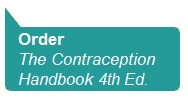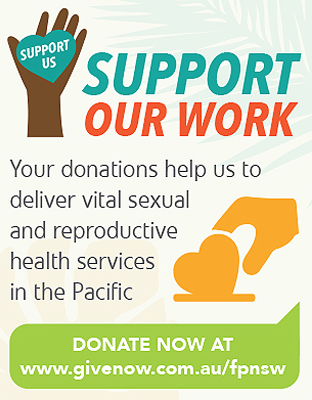Contraception choices
What Is Contraception?
Contraception means prevention of pregnancy.
There are a number of different methods and it is important to choose one that best meets your needs and circumstances.
Considerations when choosing contraception should include accurate information about:
- effectiveness in pregnancy prevention
- health issues which may limit some choices
- ease of use
- side effects including changes to usual periods
- benefits other than contraception
- cost and availability
- reversibility
- protection against sexually transmissible infections (STIs).
The most effective reversible methods are the "fit and forget" long-acting reversible contraceptives (LARCs) - intrauterine devices (IUDs) and contraceptive implants.
IUDs and implants:
- are suitable for women of any age
- can be used by most women, even if they have any significant health issues
- can be removed easily at any time by a trained health professional and are immediately reversible on removal.
- involve an insertion and removal procedure by a doctor or nurse
- provide no protection against STIs.
IUDs include a hormone releasing device or copper devices.
The hormonal IUD - Mirena®
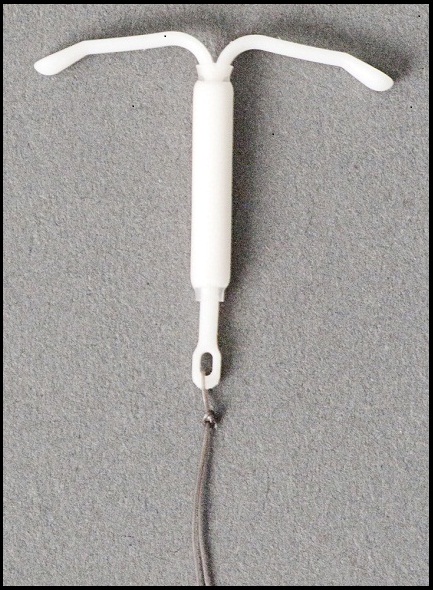
The hormonal IUD is a small T-shaped device that is fitted inside the uterus (womb). Over a 5 year timeframe, it slowly releases a very low dose of progestogen hormone into the uterus. Periods usually become lighter or may stop when using a hormonal IUD.
The hormonal IUD is 99.8% effective.
The Copper intrauterine device (Cu-IUD)
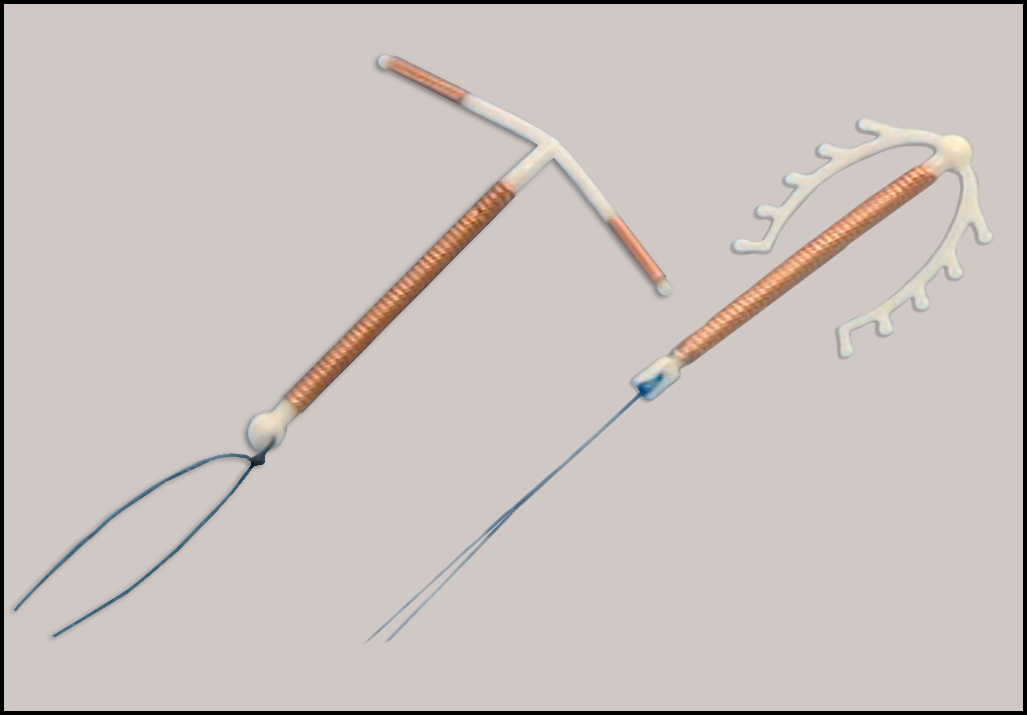
The Copper intrauterine device is a small device made from plastic and copper that is fitted inside the uterus. They stop sperm from reaching the egg and any fertilised egg from sticking to the wall of the uterus. They have no hormones and therefore have no effect on the normal female cycle but periods may become heavier when using a copper IUD. Cu-IUDs are 99.2% effective.
IUDs need to be replaced every 5-10 years depending on their type or can be removed easily at any time.
The contraceptive implant - Implanon NXT®
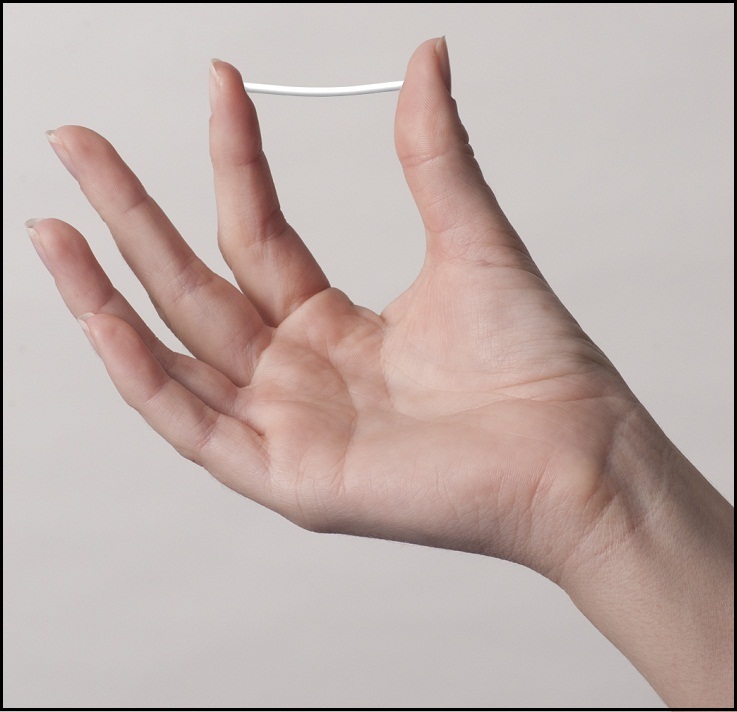
The contraceptive implant is inserted directly under the skin, on the inner arm above the elbow, where it continuously releases a low dose of a progestogen hormone into the blood stream over a 3 year timeframe.
The implant works by preventing ovulation (egg release from the ovary). Devices need to be replaced every 3 years or can be removed earlier if required. Using an implant will change a woman's usual bleeding pattern - for some women this will mean little or no bleeding at all but about 1 in 5 women have irregular or persistent bleeding.
Implants are 99.9% effective.
Contraceptive injections - Depot medroxyprogesterone acetate (DMPA)
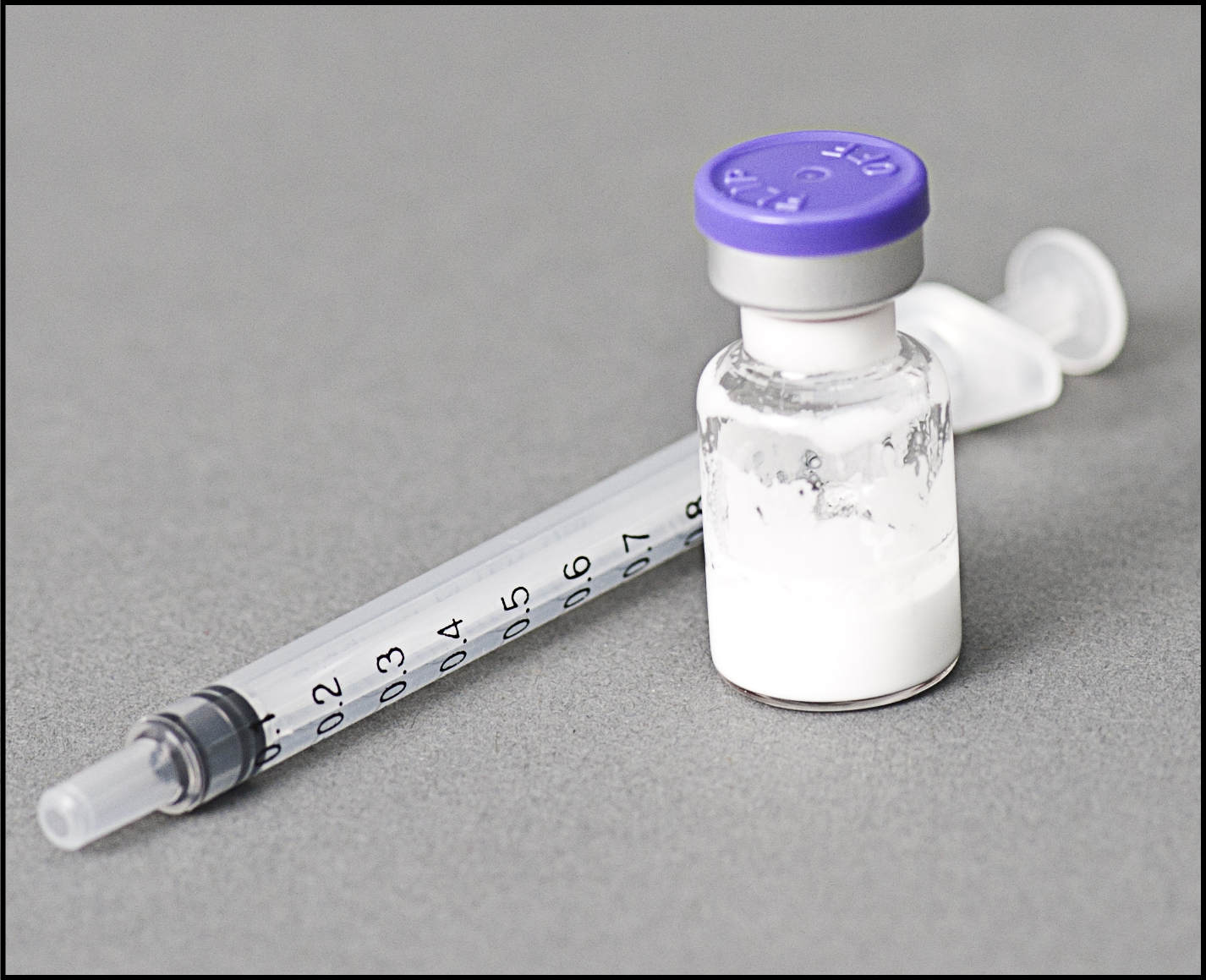
The contraceptive injection is given by an injection into a muscle every 12 weeks. It prevents pregnancy by stopping ovulation. Periods may stop while using DMPA and there may be a short delay in return to usual fertility.
DMPA is 94-99.8% effective.
Visit the Family Planning Alliance website for more information.
Shorter acting hormonal methods include the contraceptive vaginal ring - NuvaRing® the Combined oral contraceptive pill (The Pill) and the Progestogen-only contraceptive pill (mini pill).
A regular prescription is needed for hormonal methods of contraception. None of these methods provide protection against STIs. Some women can't use the combined pill or ring because of health conditions or side effects.
All three methods are 91-99.7% effective.
The contraceptive vaginal ring - NuvaRing®
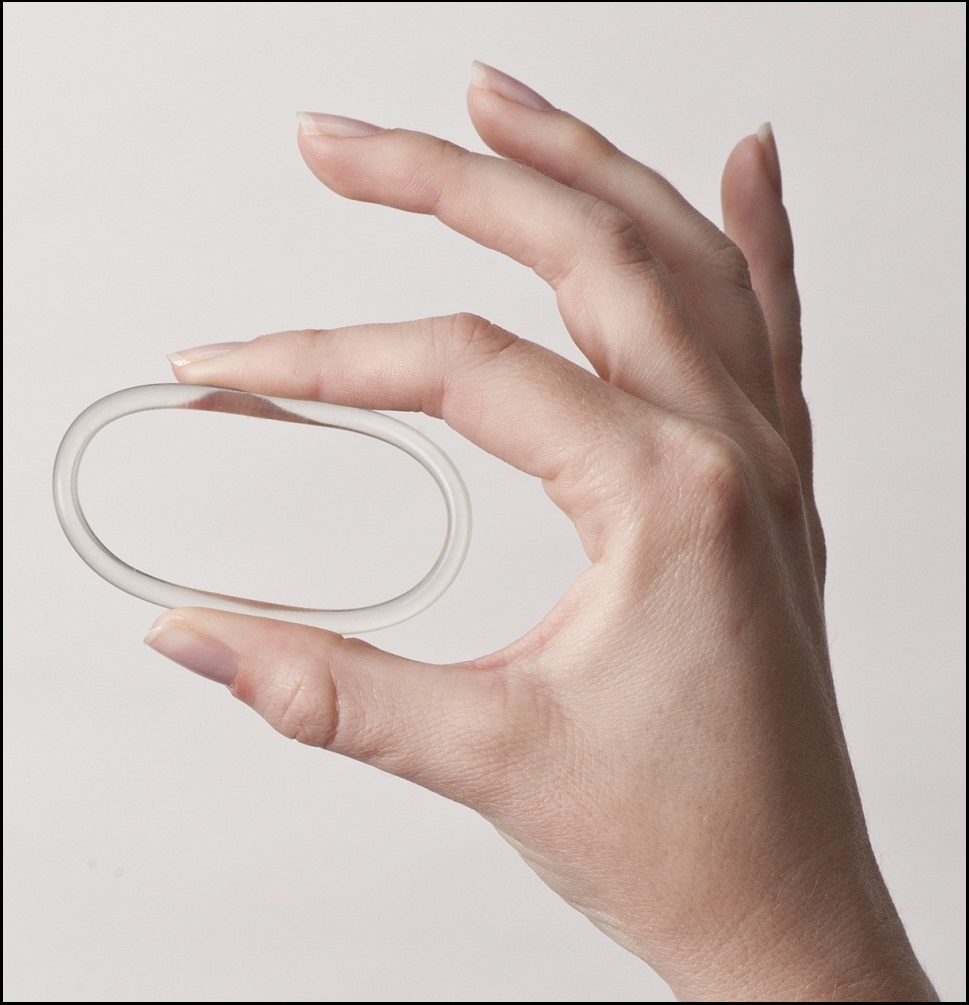
The contraceptive vaginal ring is a soft plastic ring which slowly releases low doses of two hormones, oestrogen and a progestogen. These hormones are like those used in the combined oral contraceptive ('the Pill'). The ring is self-inserted and remains in the vagina for three weeks and then removed and replaced with the next ring a week later.
Combined oral contraceptive pill (the COC Pill)
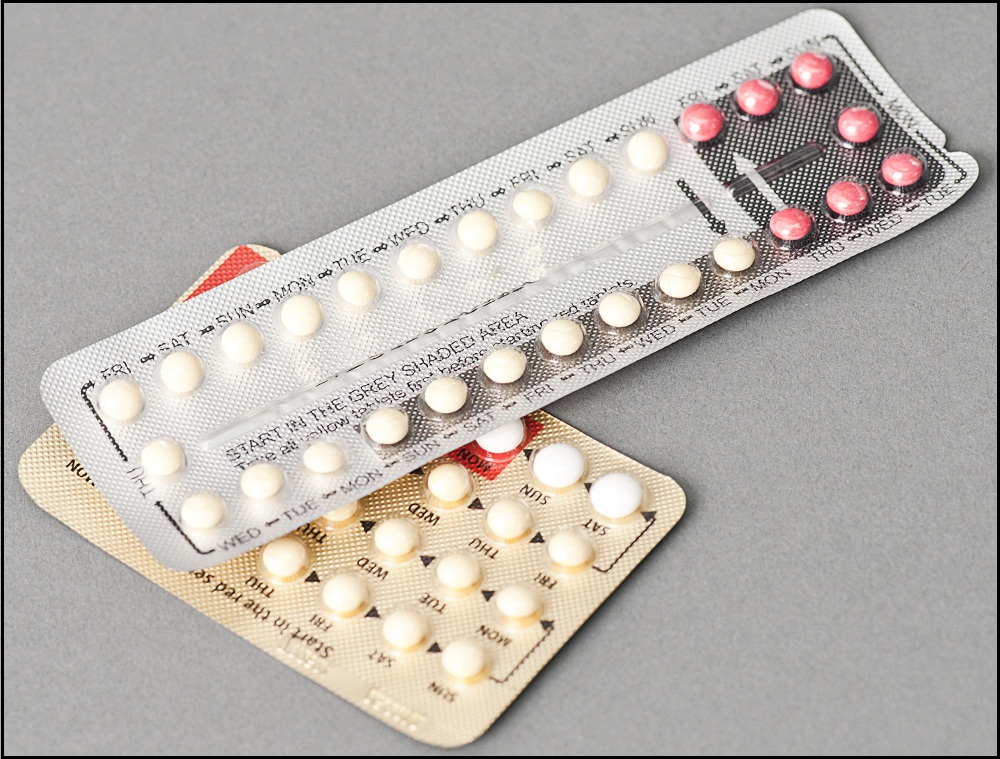
The combined oral contraceptive pill, commonly referred to as ‘The Pill’, is an oral contraceptive taken daily. It contains the hormones oestrogen and a progestogen. These hormones are similar to those naturally produced by the female body. The pill may help with acne or heavy periods.
Pills rely on regular and consistent daily use to be effective.
Progestogen-only contraceptive pill (POP)
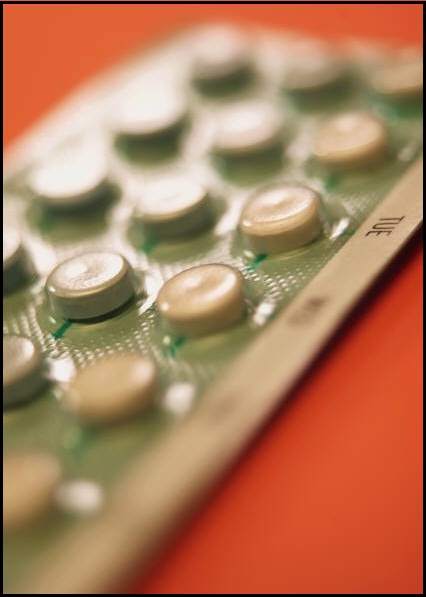
The progestogen-only pill, sometimes referred to as 'The Mini-Pill', is an oral contraceptive taken daily. It contains a low dose of progestogen, similar to those naturally produced by the female body. The POP can be used by most women, even if they have any significant health issues.
Pills rely on regular and consistent daily use to be effective.
Barrier methods are condoms and the diaphragm. They prevent semen from entering the uterus and can be an effective method of contraception when used consistently and correctly.
Condoms
Condoms are the only method that offers protection from both unintended pregnancy and STIs.
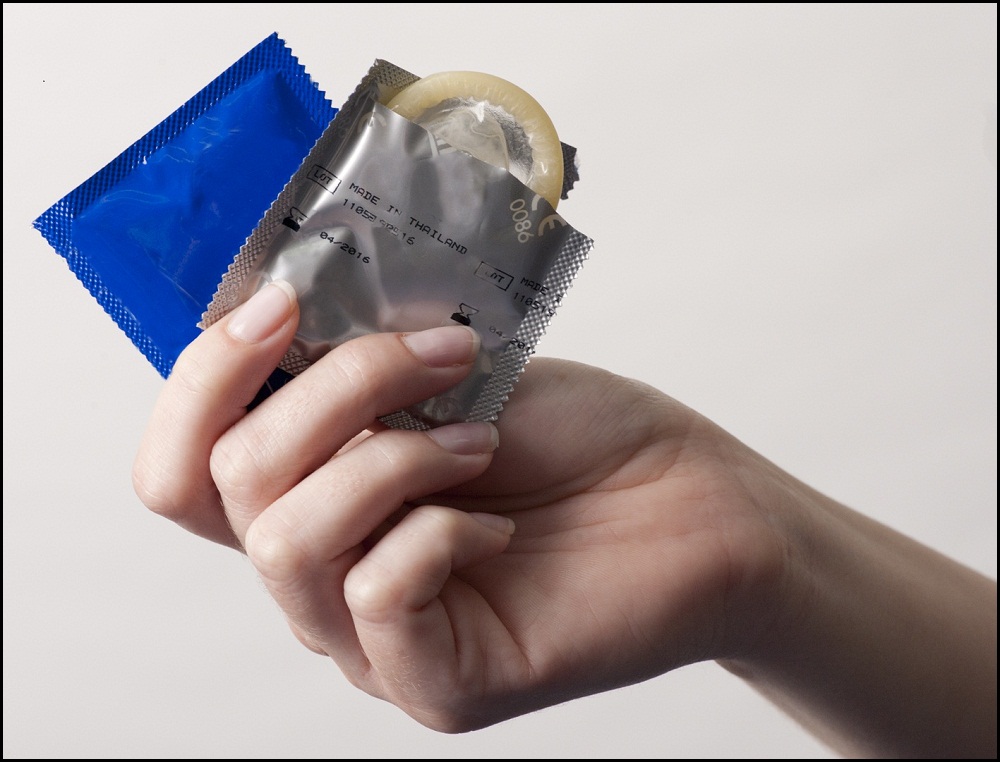
The male condom is a sheath made of latex or polyurethane, which is rolled onto the erect penis before sex. The male condom is 82-98% effective for pregnancy prevention and consistent use is very important if they are the sole method of contraception. Condoms can be used in conjunction with other methods to increase contraceptive effectiveness.
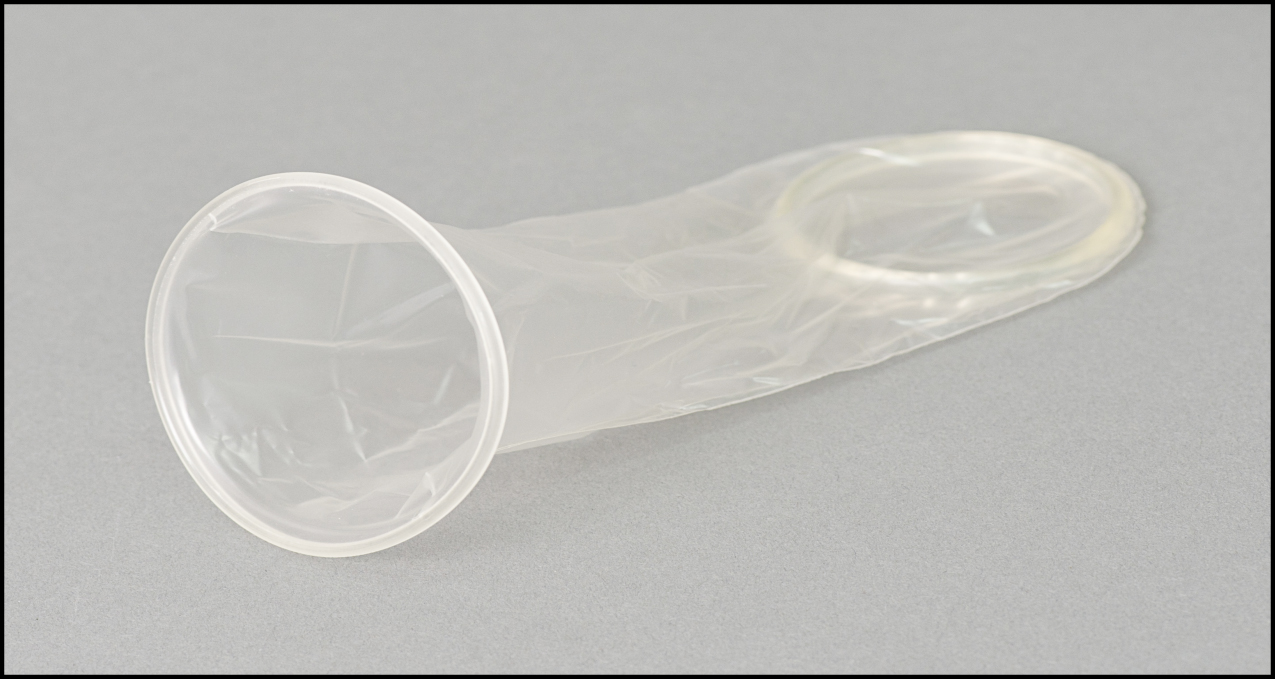
The female condom is a polyurethane sheath, which is inserted into the vagina before sex. It has two flexible rings to keep it in place in the vagina. The female condom is 79-95% effective.
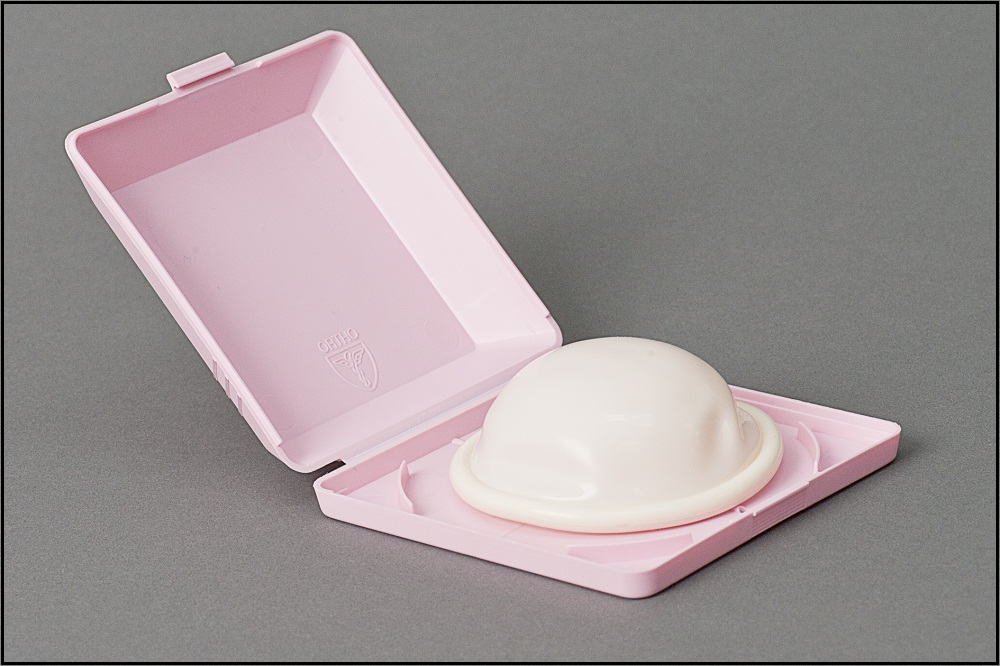
The diaphragm is a soft, dome-shaped silicone cap with a flexible rim, which is placed in the vagina before sex to cover the cervix and stop sperm getting into the uterus. A diaphragm should be fitted for the right size by a doctor or nurse and instructions provided on how to use it. The diaphragm is 88-94% effective.
Other methods include: Lactational amenorrhoea method (LAM), Fertility awareness based methods (FABMs) and withdrawal. In typical use these are less effective than other methods.
Lactational Amenorrhoea Method (LAM)
LAM is the use of breastfeeding as a contraceptive method. Breastfeeding reduces the probability of ovulation (egg release) occurring, therefore reducing the chance of a pregnancy.
LAM is 98% effective when all 3 criteria are met:
- menstrual periods have not returned
- gave birth less than 6 months ago
- fully breastfeeding ( not feeding the baby with any food or milk supplements).
Fertility Awareness Based Methods (FABMs)
FABMs do not rely on the use of hormones or devices. FABMs include any method based on the identification of the fertile phase of the menstrual cycle to indicate when sexual intercourse should be avoided to prevent pregnancy.
FABMs are 75-99.6% effective and require specific education from experts in this field.
Withdrawal
Withdrawal is where the man takes his penis out (withdraws) from the woman's vagina before he ejaculates (comes). It is also known as coitus interruptus.
Withdrawal is 78-97% effective and is not recommended as a reliable form of contraception.
Emergency contraception
Emergency contraception (EC) can reduce the risk of unintended pregnancy after unprotected sex.
EC is not a method of regular contraception. Using a reliable form of contraception is the best ongoing protection against unplanned pregnancy.
There are two types of EC - the emergency contraception pill (ECP), a pill containing a progestogen hormone and the Cu-IUD.
 The ECP can be taken up to 5 days after unprotected sex but it is most effective if taken in the first 24 hours. When taken in the first 72 hours (3 days), it prevents about 85% of expected pregnancies.
The ECP can be taken up to 5 days after unprotected sex but it is most effective if taken in the first 24 hours. When taken in the first 72 hours (3 days), it prevents about 85% of expected pregnancies.
Visit www.familyplanningallianceaustralia.org.au/larc/ for more information.
A copper intrauterine contraceptive device (Cu-IUD) can also be used as EC. When inserted in the first 120 hours (5 days) after sex, it prevents about 99% of expected pregnancies. A Cu-IUD then provides immediate and ongoing contraception.
Sterilisation
Permanent contraception (sterilisation) for men or women involves a small operation by a surgical doctor with general or local anaesthesia.
Sterilisation is permanent contraception which can't be reversed. Sterilisation methods are 99.5% effective.
Female sterilisation involves an operation blocking the Fallopian tubes to stop the passage of the ovum (egg). It is usually performed with a general anaesthetic.
Male sterilisation involves an operation on the vas deferens to prevent sperm formed in the testes from joining the ejaculate fluid. It can be performed under local anaesthetic, often with light sedation.
This factsheet gives an overview of the various methods available in Australia. Detailed information about all of these methods is available on the websites and at the clinics of the sexual health and family planning organisations listed below.
©Sexual Health & Family Planning Australia
Disclaimer
Sexual Health & Family Planning Australia has taken every care to ensure that the information contained in this publication is accurate and up-to-date at the time of being published. As information and knowledge is constantly changing, readers are strongly advised to confirm that the information complies with present research, legislation and policy guidelines. SHFPA accepts no responsibility for difficulties that may arise as a result of an individual acting on this information and any recommendations it contains.



